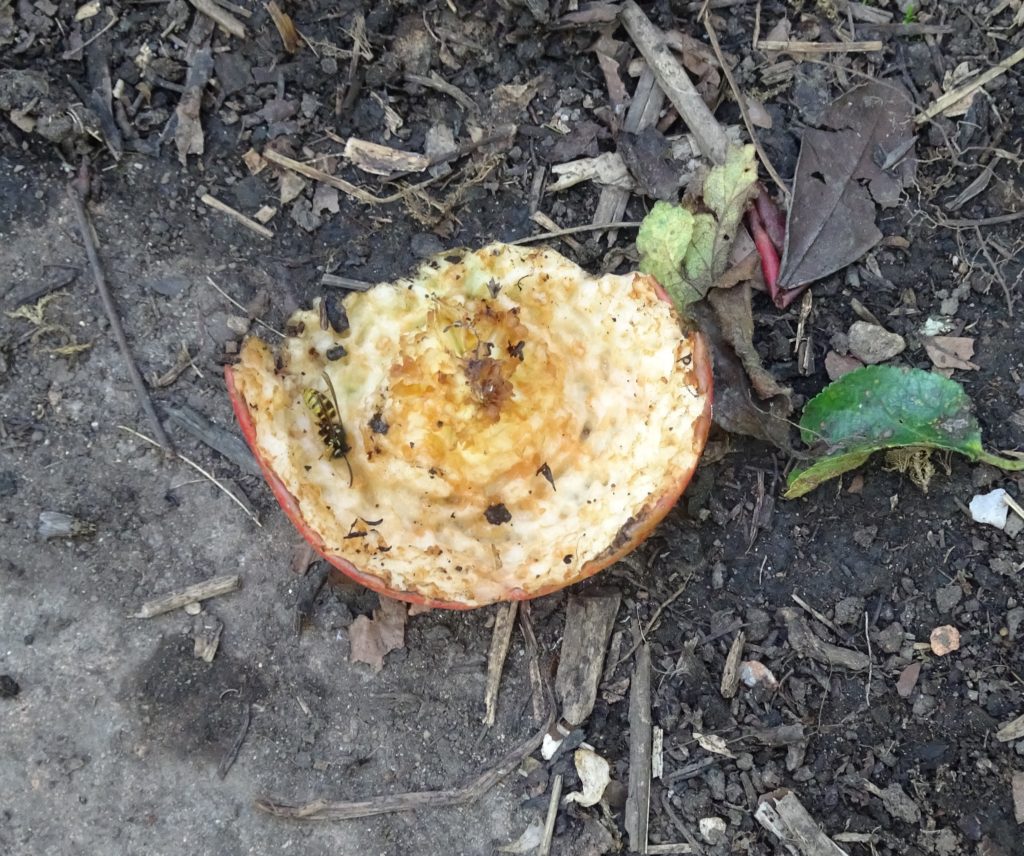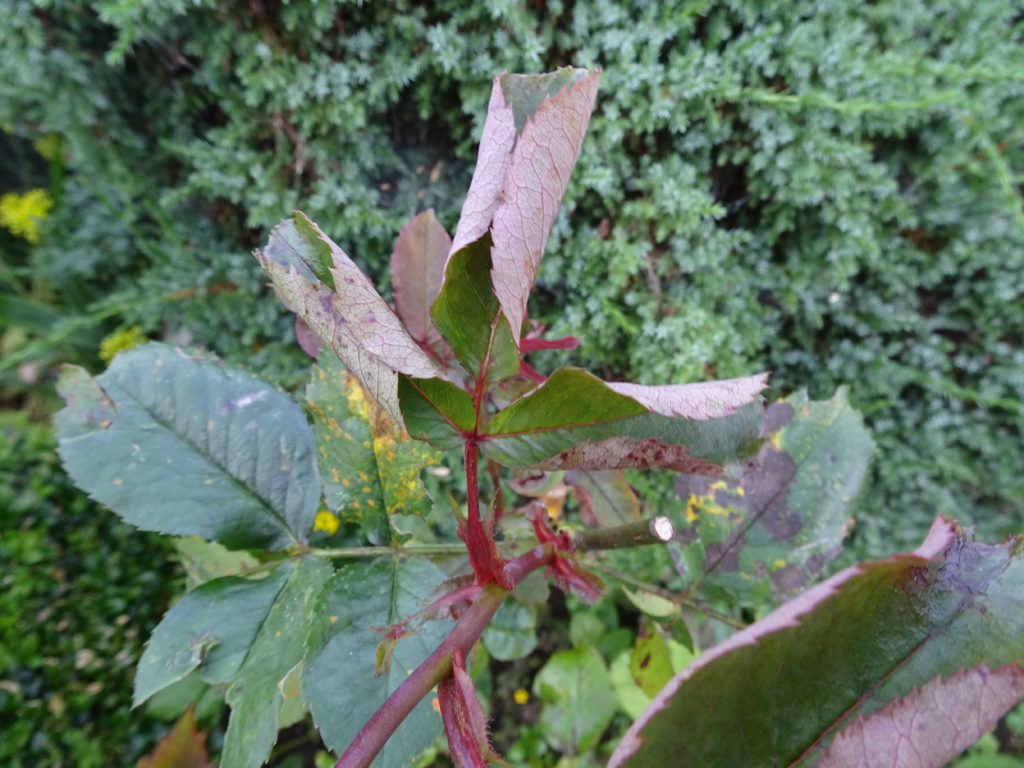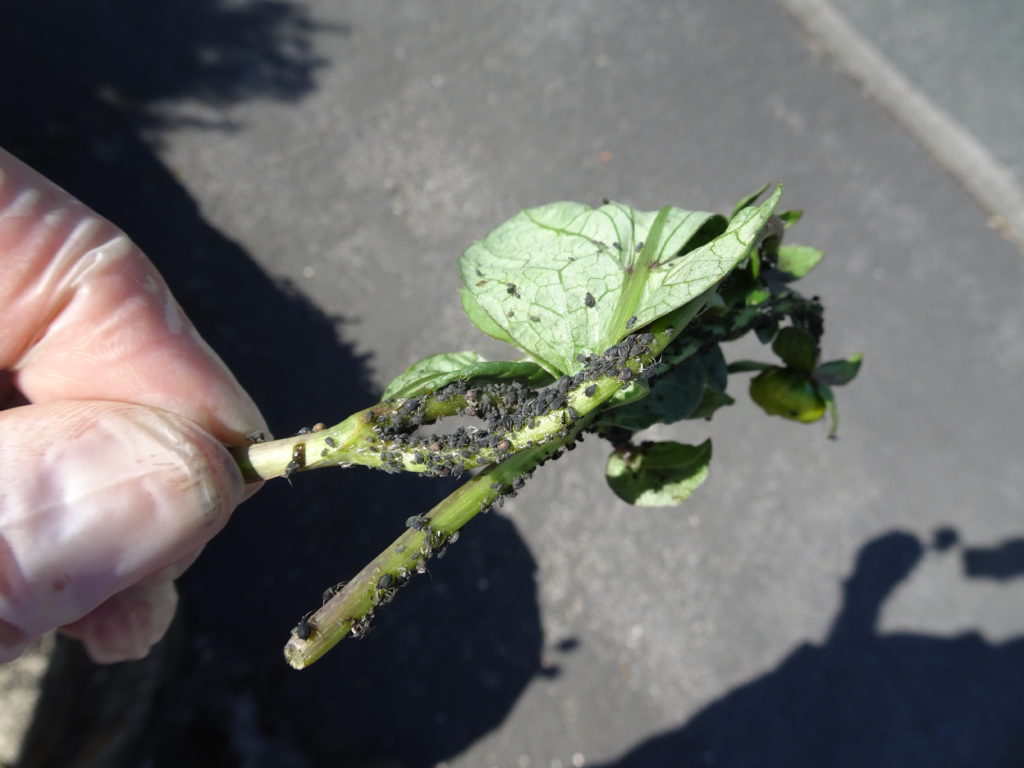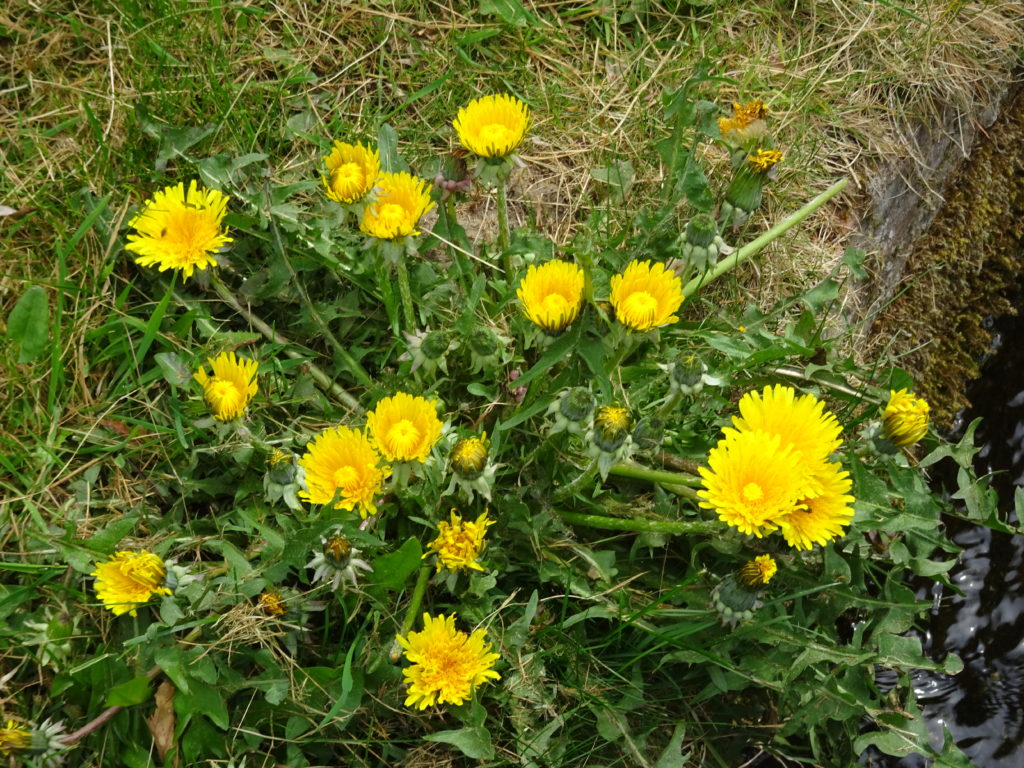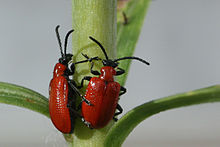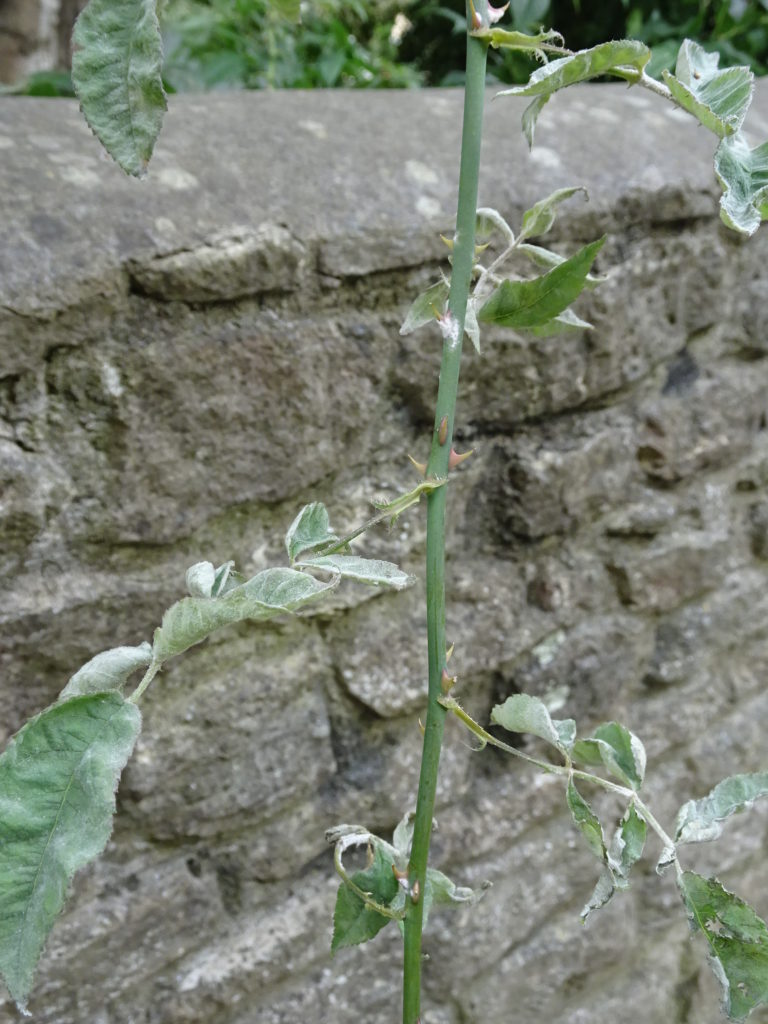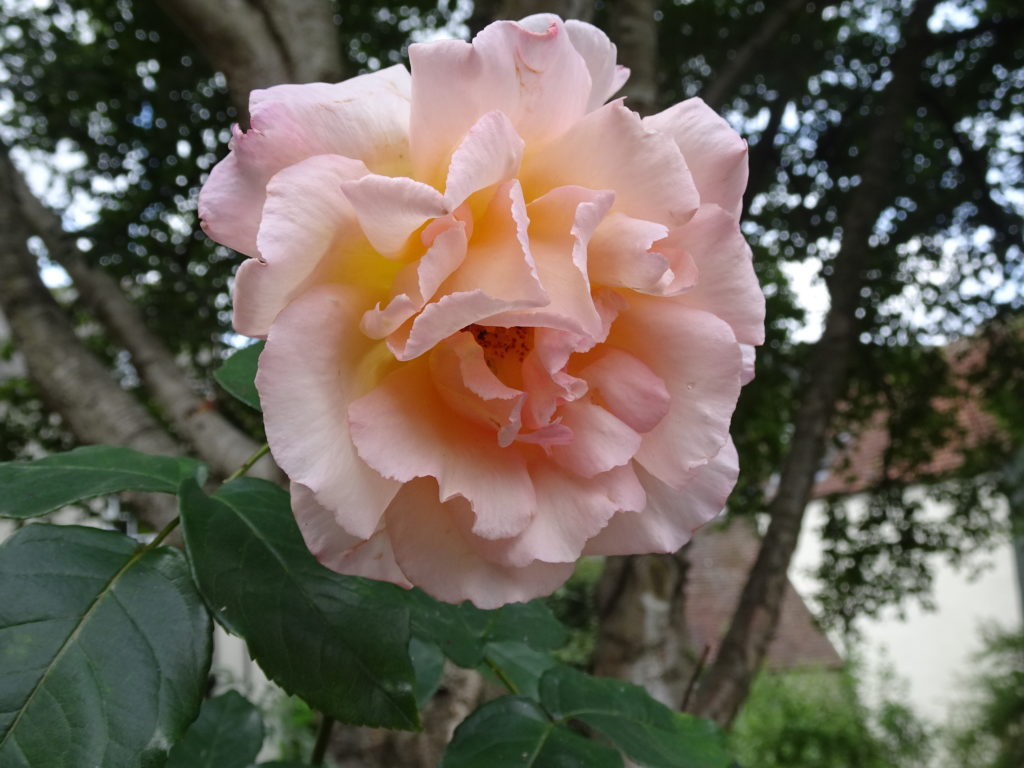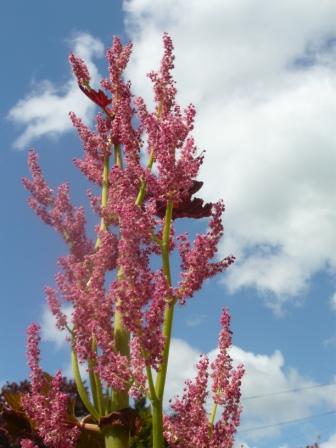Stingers in the Garden Get Me Nettled

I was picking the Czar plums to make more jam when a wasp was disturbed from eating it’s lunch. Wasps go for my plums just as they are at their sweetest best. My problem was I couldn’t see which plums had a wasp in the fruit if they were above head height or facing away from my hand. The resulting sting set me on the trail of other stingers in the garden.
Plants Stingers
-  Who has not been stung by a common nettle or the stinging nettle a herbaceous perennial aka Urtica dioica. More likely to be stung walking on country paths or unkempt areas not in your garden I am sure!
- The nettle family are stinging plants with hairs on leaves or stems that are capable of injecting formic acid that cause pain or irritation. Brushing bare skin against the leaves causes initial pain with the potential for more effects caused by histamine, acetylcholine and other chemicals that are also present.
- Giant hogweed contains a corrosive sap that causes severe rashes, burns and even serious eye damage if you get the photosensitive chemicals in your eyes . aka Heracleum mantegazzianum.
- Poison ivy & its cousin, poison oakone is a noted rash-maker. It’s toxin, urushiol oil, is in the sap of the plant and present in minuscule quantities in some other food stuff.
- Other plants, often those with hairs or irritating sap, can cause irritation and allergic reactions. I suffer with some verbascum Optunia cacti and euphorbia.
